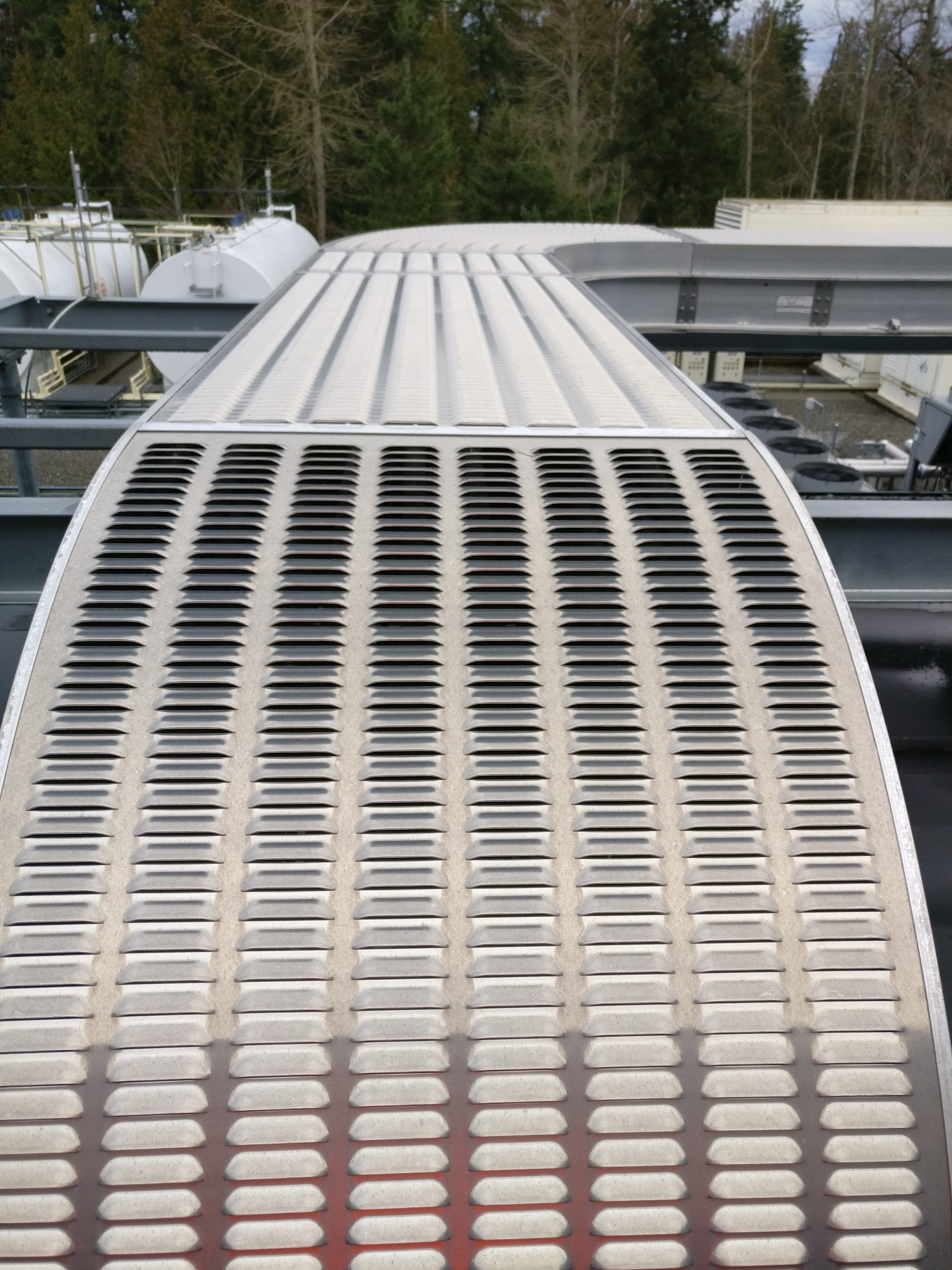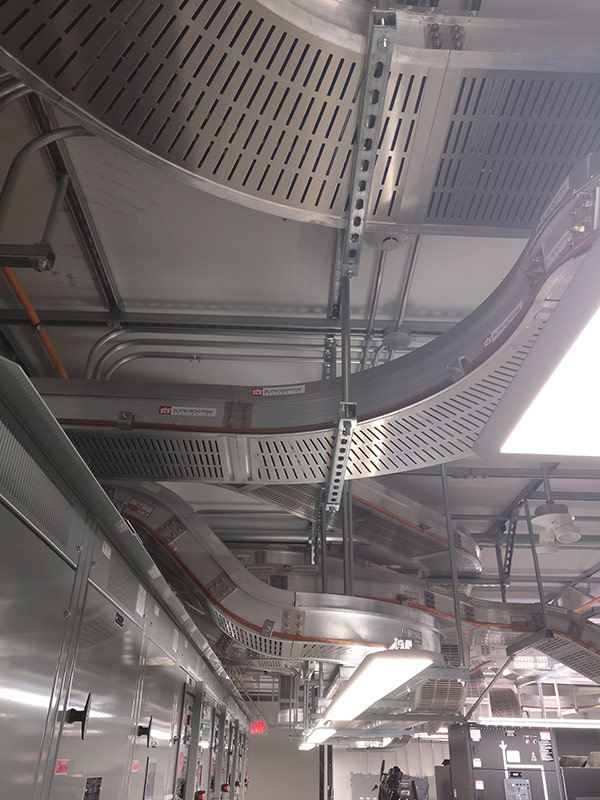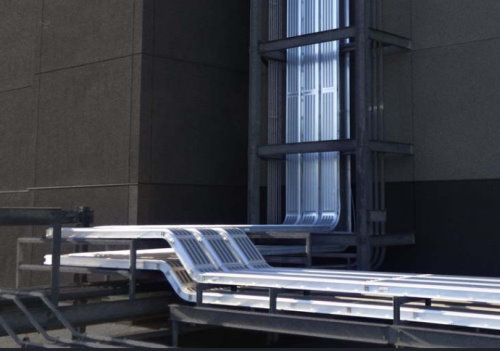Transmission and distribution of electrical power is much easier than other forms of energy as it uses cables and wires instead of chains, belts, or shafts. Electrical power from the power plant is transferred by complex power distribution systems to homes, industries, and commercial buildings. This article discusses the basic concepts of power distribution and the requirements of a good distribution system.
How Power Distribution Works
The first AC systems that were designed by Westinghouse and Tesla can be compared to the current power distribution systems. After electricity is generated at a power plant, it is channeled on a high-voltage transmission system to local distribution lines where voltage is reduced or stepped down by transformers. Distribution lines can have voltages ranging from 50,000 and below after taking in electricity of up to 765,000 volts.

A transformer is made up of two cores with an electromagnetic field between them, each wrapped in copper wiring. The power travels through a core wrapped with several winds of copper wiring when entering the transformer and leaves through the other core that has fewer winds, resulting in less voltage. Although the concept of how transformers change the high electrical voltage to low may sound easy, they are a big investment that weighs hundreds of tons and cost millions of dollars.
Low voltage electricity is then distributed on local distribution power lines to cities and neighborhoods. The voltage is further stepped down or reduced before it enters the residential buildings or business premises. The power that enters most commercial and residential consumers ranges between 120 and 240 volts.
Metering Power Distribution for Billing Purposes
The electricity distributed to a residential or commercial building runs through a meter so that it can be billed based on consumer usage. Traditionally, power distribution companies used electromechanical devices that measured the amount of electricity that passes through. The distribution company would send an employee (meter reader) to read the amount of power used during the billing cycle.
Times have changed and advancements in technology have led to more high-tech devices that do not require the physical presence of a meter reader. Smart meters allow effective communication between various pieces of the power grid and the distribution company in real-time.
Requirements of a Good Power Distribution System
- Proper Voltage
The voltage variations should be as low as possible or within permissible limits at consumers’ terminals. Changes in voltage are often caused by load differential on the power distribution system. Very low voltage can result in possible burn out of the motor, inefficient lighting, and loss of revenue. On the other hand, a high voltage could cause permanent burn out of lamps and damage to other appliances in a household or business premises.
- Availability of Power on Demand
Electricity should be made available to consumers from time to time in any amount that they may require. For instance, lights can be turned on or off and motors can be started or shut down without warning from the power distribution company. A good distribution system should be able to supply the load demands of the consumers because electrical energy cannot be stored. This means that the operating staff of the power distribution company must study continuously the load patterns to give a prediction of major load changes following the known schedules.
- Reliability
Many industries today rely more on electricity for their operation. Both commercial and residential buildings need power for lighting, heating, cooling, and ventilating. Any power outages not only cause inconvenience to consumers but can also lead to loss of revenue for business enterprises. Although electric power can never be 100% reliable, the distribution company can improve its reliability to a considerable extent through interconnected systems, sustainable automatic controls, and the provision of additional reserve facilities. A reliable power distribution network is always desired by consumers.
One of the essential factors that facilitate good service delivery to consumers is the proper regulation of voltage in a distribution network. Distribution companies need to consider the feeder designs and distributors to ensure the voltage at the consumers’ terminals is within the recommended limits. Despite the technological advancements in power distribution systems, electricity supply companies must continue to work effortlessly to provide reliable and affordable electricity that powers our lives.




